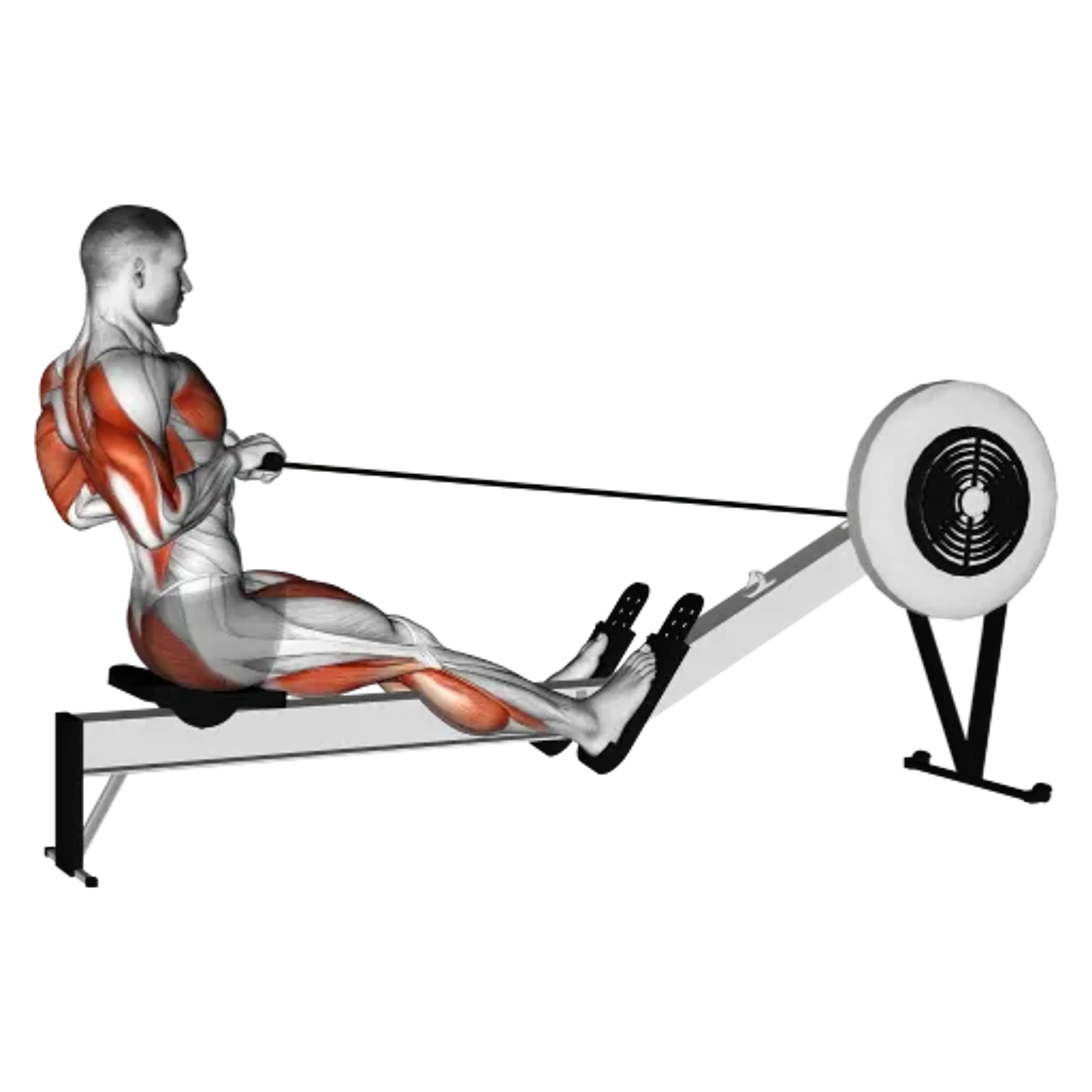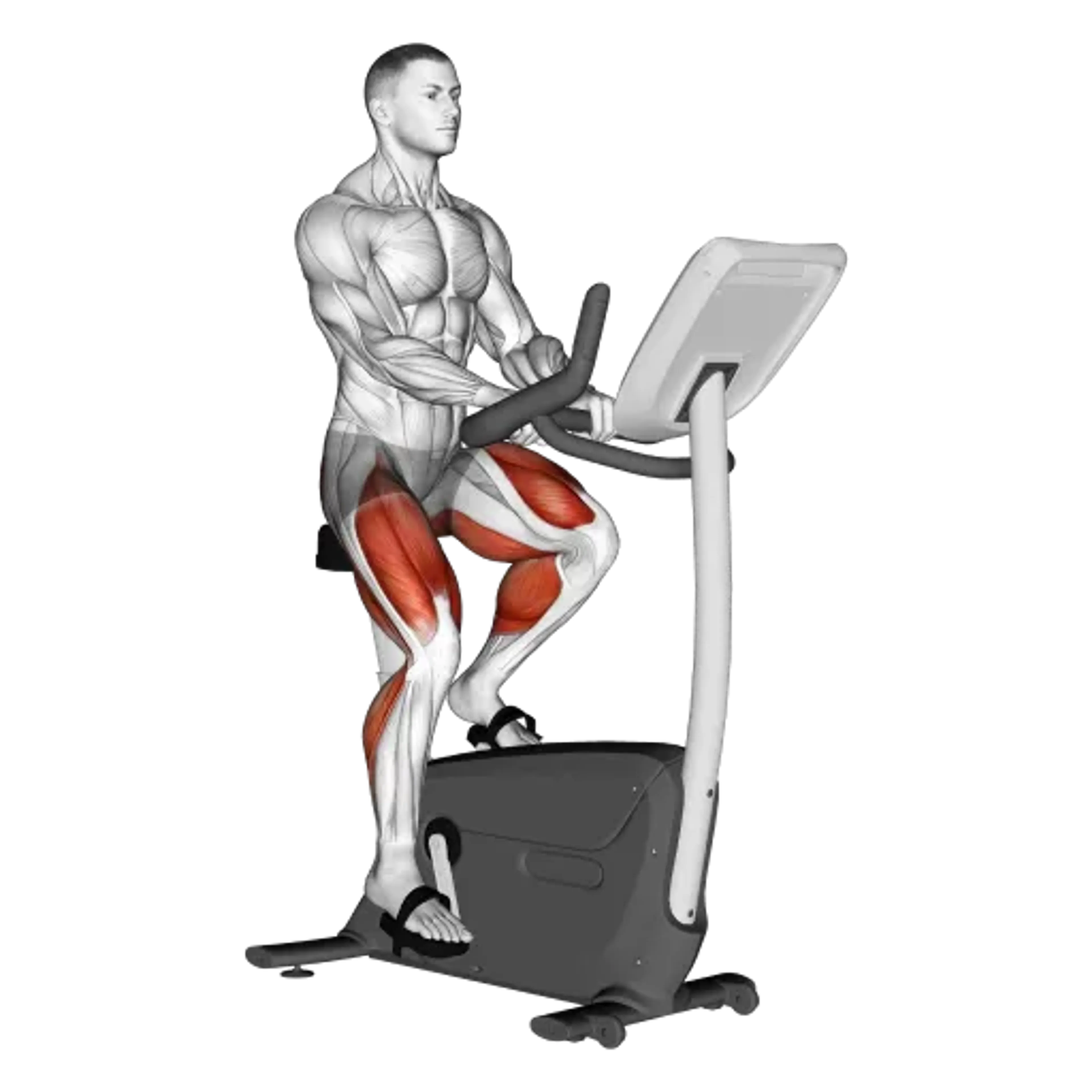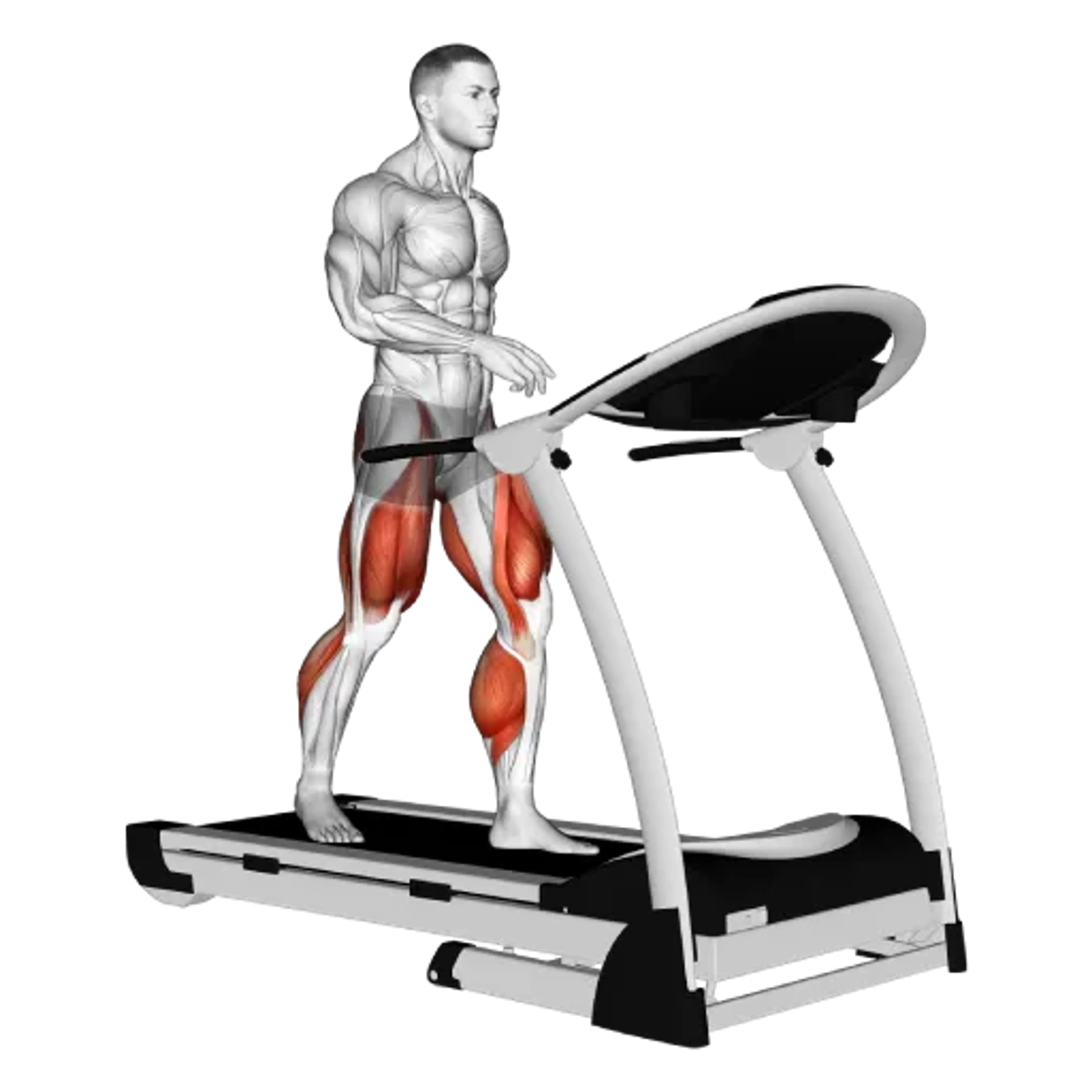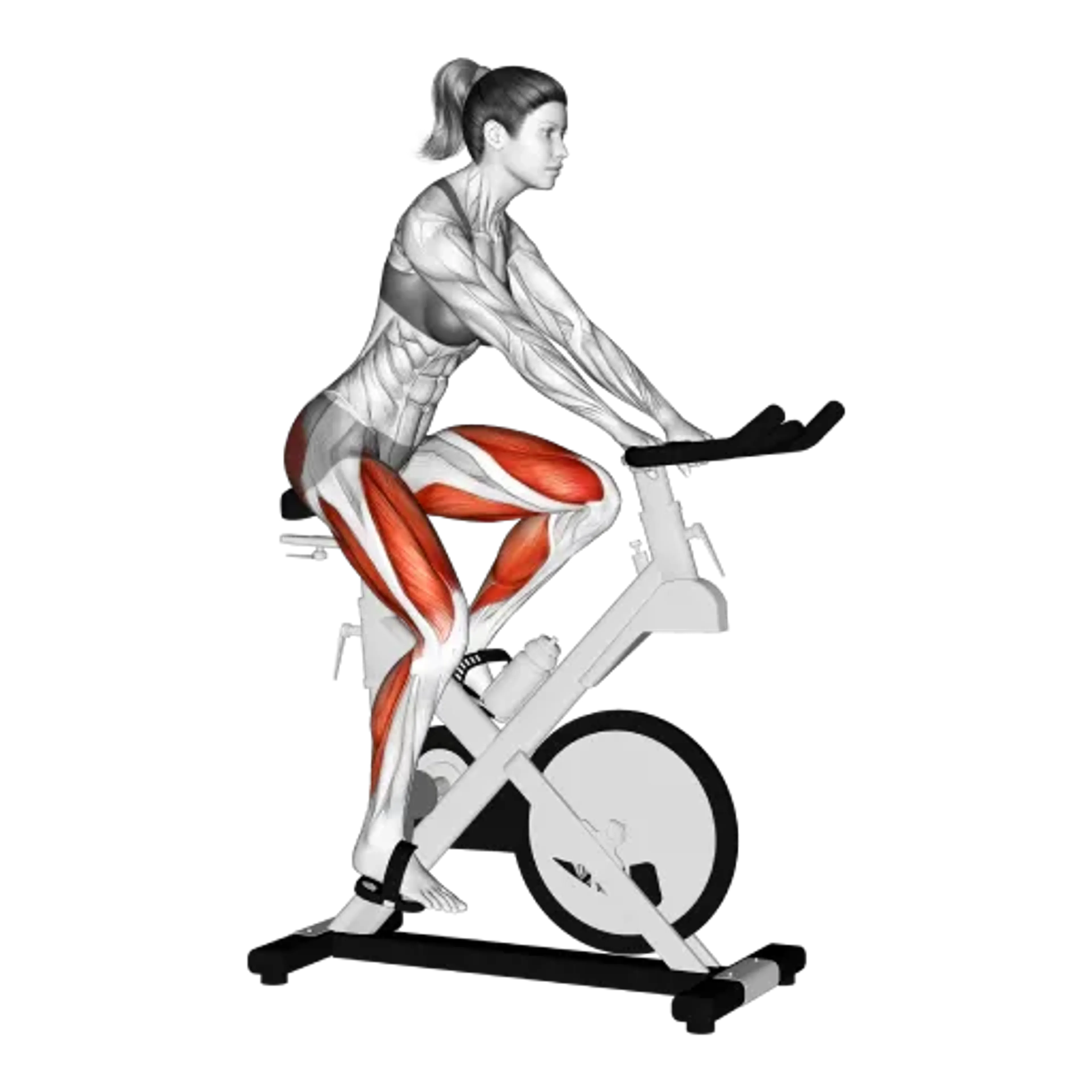Elliptical Training
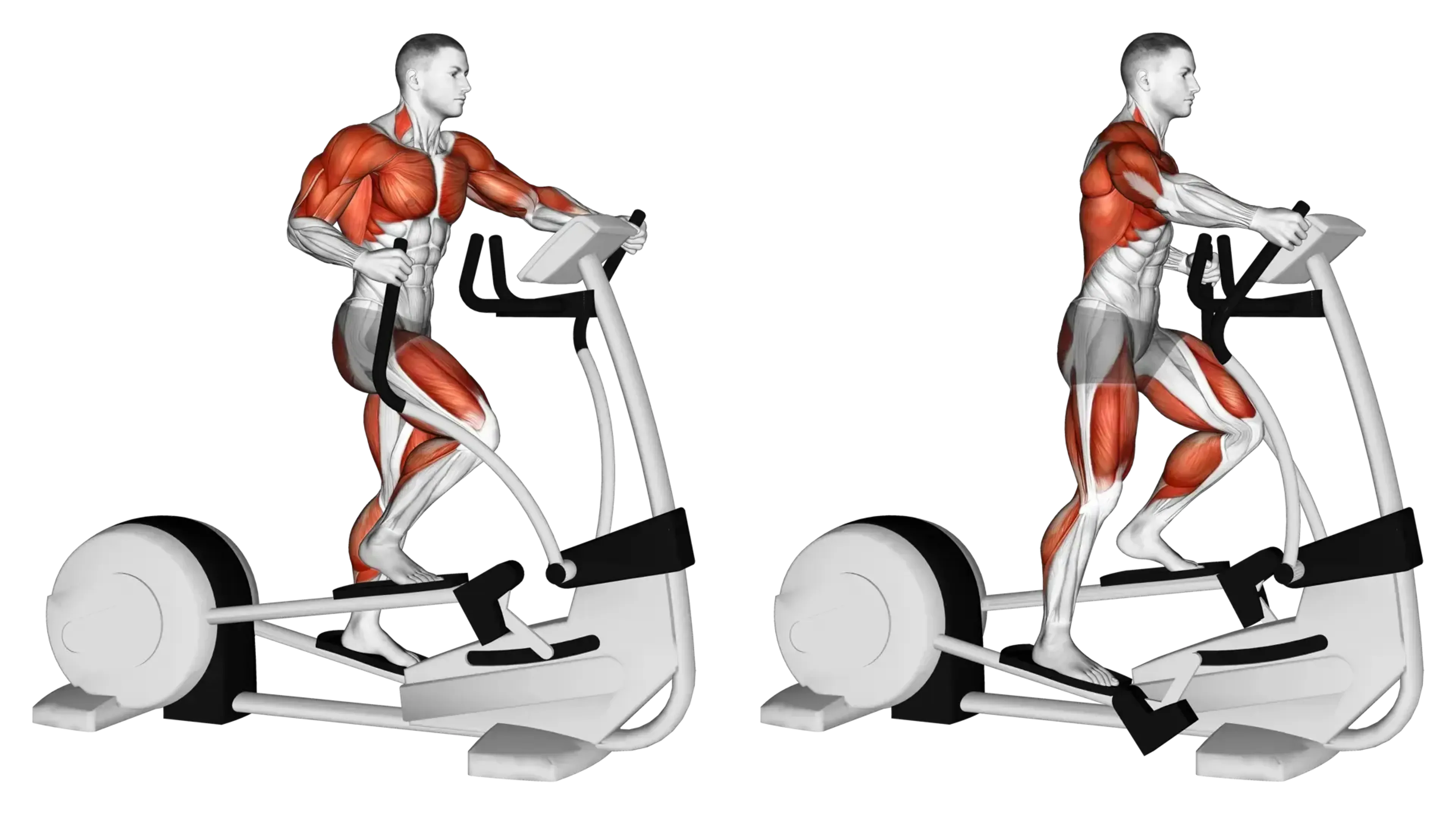
Overview
- Primary Focus:
- Cardio.
- Equipment:
- Machine.
- Difficulty:
- Beginner.
General Information
Elliptical Training is a cardio exercise that improves cardiovascular endurance and overall fitness. It is considered a beginner-level activity, depending on intensity and personal capabilities. It offers a low-impact alternative to running or jogging, making it especially useful for people with joint concerns or those recovering from injury.
The elliptical machine provides a fluid, gliding motion that mimics walking, running, or stair climbing, depending on the settings. It typically includes handlebars to engage the upper body as well, offering a full-body workout that burns calories while minimizing strain on the knees, hips, and back.
This exercise is ideal for building aerobic capacity, aiding in weight management, and improving coordination and balance. It’s easy to adjust the resistance and incline levels, allowing both beginners and seasoned athletes to tailor the intensity to their needs.
Muscles Worked
- Rectus Femoris
- High
- Vastus Lateralis
- High
- Vastus Medialis
- High
- Gastrocnemius (Lateral Head)
- Medium
- Gastrocnemius (Medial Head)
- Medium
- Gluteus Maximus
- Medium
- Semimembranosus
- Medium
- Semitendinosus
- Medium
- Erector Spinae
- Low
- Rectus Abdominis
- Low
- Rectus Abdominis (Lower)
- Minimal
Instructions
- Step onto the elliptical pedals and grip the handlebars.
- Begin moving the pedals in a forward motion to start the machine.
- Adjust resistance and incline to match your fitness level and goals.
- Maintain an upright posture with a slight bend in the knees and elbows.
- Push and pull the handlebars in sync with your legs for a full-body workout.
- Keep a steady rhythm, breathing naturally throughout the session.
- Gradually reduce speed and resistance before stepping off to cool down.
Common Mistakes
Injuries
Elliptical Training is a low to medium risk exercise, particularly when performed with proper posture and resistance settings.
The most common issues include foot numbness from prolonged pressure, and lower back discomfort from poor form. Beginners may also experience hip or knee discomfort if the resistance is too high or if posture is compromised.
To prevent injuries, wear supportive footwear, avoid slouching, and ensure your body moves in a natural, fluid motion. Always start at a comfortable pace and gradually increase intensity.
Alternative Exercises

Frequently Asked Questions
- Q: Is the elliptical good for losing belly fat?
Yes, it helps burn calories and fat overall, when combined with proper diet.
- Q: Can I use the elliptical every day?
Yes, but it’s best to vary intensity or take rest days depending on your fitness level to avoid overuse.
- Q: Is elliptical training easier on joints than running?
Yes, the elliptical provides a low-impact workout that’s gentler on joints compared to running.
Overview
- Primary Focus:
- Cardio.
- Equipment:
- Machine.
- Difficulty:
- Beginner.

